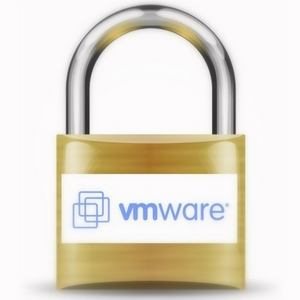We Don't Need No Stinking Black Boxes


But do we really, really want a single vendor using a completely closed system calling the shots of what can and can’t run on our virtualized infrastructure? As good as the ESX 3i product is – and it is an excellent product – it is also a totally closed system and unless you are a Tier 1 hardware vendor, it is a black box. Yes, VMWare has the Open VMWare Tools project so that the Guest OS interfaces themselves to the hypervisor are open, but the inner workings of ESX are closed to all but a scant few. Gee this is starting to sound like, uh… mainframes and midrange computing.
Okay, perhaps I am starting to sound like I’m biting the hand that feeds me. Sometimes, proprietary hypervisor architectures make a lot of sense. In the mainframe and midrange UNIX computing world, such as on the IBM zSeries and pSeries it works, because you have a very controlled, highly optimized platform that is completely run by a single vendor. That extremely tight integration is what yields stability and performance, and certainly VMWare must be thinking along the same lines.
However, in the case of x86 computing where the environment is largely heterogeneous, it doesn’t make sense to completely lock down the hypervisor platform. What we really need is an open x86 server architecture that allows the customer to swap in and swap out any embedded hypervisor they want. Right now, nobody other than VMWare has something that is marketable as an embedded hypervisor, so maybe this entire argument sounds a bit premature. But presumably, once the Xen-based vendors as well as Red Hat, Novell and Microsoft have a solution to allow their hypervisors to be embedded into the firmware, this is going to make a lot more sense.
Am I alone in thinking that ESX 3i should be a choice, not a default? Talk back and let me know.